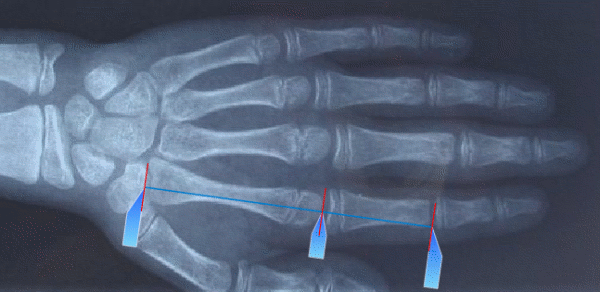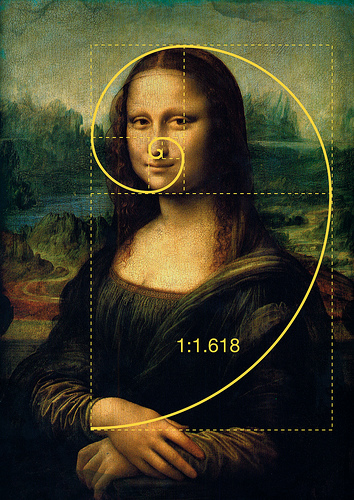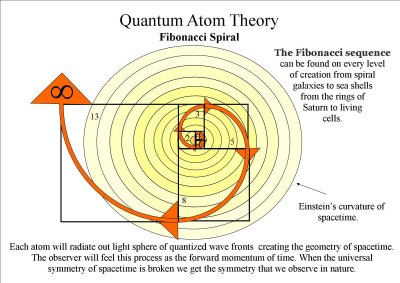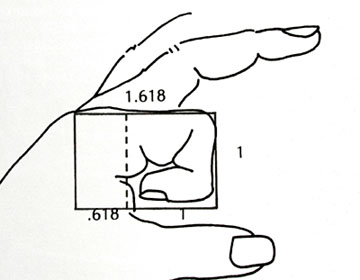User:CharlyHuxford/Intersting Use of Calculus
An area of great interest to me is the field of medicine. It is my topic of study as well as a passion of mine. The applications of mathematics and calculus in medicine are numerous as math plays an important role in science. The main use of calculus in medicine is determining the half-life and steady state of drugs and their interaction with the body. However, we have discussed this model in class so I don’t think it would make a very interesting essay. I read a really interesting article recently about using mathematical equations to tell the difference between healthy cells and abnormal cells (such as cancer cells). You can check it out here: ScienceDaily: Mathematicians Use Cell 'Profiling' to Detect Abnormalities -- Including Cancer
The Golden Ratio
I thought I should talk about a mystery in math that I have always found very interesting. It is a broad subject that is applied to almost everything we encounter in life. It is the number called Phi Φ, or the Golden Ratio.

What is the Golden Ratio?
Do you remember the Fibonacci sequence? I learned about it in almost every math class but never understood its significance. It looks like this: 0, 1, 1, 2, 3, 5, 8, 13, 21, 34, 55, 89, 144… To get each number, we add the previous two numbers together. The amazing part of this sequence is not in the numbers themselves, but in the ratio of the consecutive numbers.
2/1=2.0
5/3= 1.67
13/8= 1.625
34/21=1.619
55/34=1.618
89/55=1.618
144/89=1.618….As we continue down the sequence, the ratios start to become the same number. These numbers are rounded to the third decimal space but if we were to continue with these ratios the number eventually becomes the same in every decimal space. This number is the Golden Ratio, Phi. Phi has an infinite number of decimal spaces and is non-repeating. The Golden Ratio describes a rectangle with a length roughly 1.6 times its width.
Phi is given as:
1.6180339887…
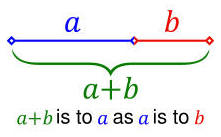
What is the history behind the Golden Ratio?
According to Mario Livio: Some of the greatest mathematical minds of all ages, from Pythagoras and Euclid in ancient Greece, through the medieval Italian mathematician Leonardo of Pisa and the Renaissance astronomer Johannes Kepler, to present-day scientific figures such as Oxford physicist Roger Penrose, have spent endless hours over this simple ratio and its properties. But the fascination with the Golden Ratio is not confined just to mathematicians. Biologists, artists, musicians, historians, architects, psychologists, and even mystics have pondered and debated the basis of its ubiquity and appeal. In fact, it is probably fair to say that the Golden Ratio has inspired thinkers of all disciplines like no other number in the history of mathematics.
It is unknown exactly when it was first discovered, but this number has been used and applied numerous times throughout history. The Greeks applied the ratio of Phi when designing and constructing the Parthenon and Plato considered the golden ratio to be the key to the physics of the cosmos. Leonardo Fibonacci discovered the sequence around 1200 AD and Leonardo Da Vinci referred to it as “De Divina Proportione” (Divine Proportion) around 1500 AD. The works of art created during the Renaissance relied heavily on the Golden Ratio. The name Phi was not given until the 1900’s by American mathematician Mark Barr.
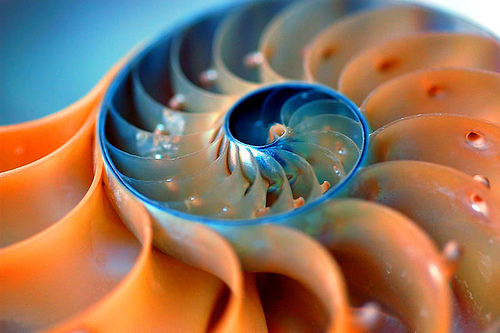
There has been a lot of research throughout history into the significance of this mysterious number. Almost every single thing we see in the world has the Golden Ratio’s proportions. For example, the seeds of a sunflower spiral outwards in both clockwise and counterclockwise directions from the center. The number of clockwise and counterclockwise spirals are two consecutive numbers in the Fibonacci sequence. The ratio of 1.618 is found in flower petals, plants, DNA, nautilus and snail shells, buildings, art, and even in other galaxies.

An example more relevant to us is the ration in the human body. The ration of the length of the forearm to the length of the hand is equal to 1.618, or Phi (does this explain why our feet are the exact length of our forearms? Try it!). More examples are:
- The ratio of the length and width of the face.
- The ratio of the distance between the lips and where the eyebrows meet to the length of the nose
- The ratio of the length of the mouth to the width of the nose.
- The ratio of the distance between the navel and knee to the distance between the knee and the end of the foot.
- The Ratio if the distance between the finger tip and the elbow and the distance between the wrist and the elbow.
Think about it, we have one nose, two eyes, three segments on our arms, and five fingers. Is it a coincidence that our body is proportioned in the same way as a an estuary or a trees branches?
What does this seemingly insignificant number mean? Why does it appear everywhere? Can it explain the universe? What else can we find out by studying this sequence?
